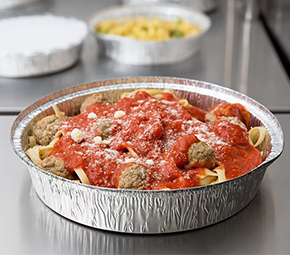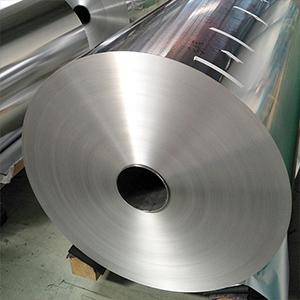 Because of its specific qualities and adaptability, aluminum packaging foil—particularly laminated foil made of 1235 alloy—has emerged as a key component of many different sectors. With a particular emphasis on its use in packaging, flexible packaging, and food packaging, this article will walk you through the qualities, advantages, and numerous uses of aluminum foil.
Because of its specific qualities and adaptability, aluminum packaging foil—particularly laminated foil made of 1235 alloy—has emerged as a key component of many different sectors. With a particular emphasis on its use in packaging, flexible packaging, and food packaging, this article will walk you through the qualities, advantages, and numerous uses of aluminum foil.Aluminum packaging foil is a thin sheet of aluminum laminated with PP or PET that is used in a variety of food and industrial packaging applications. With an aluminum composition of at least 99.35%, 1235 alloy, a type of 1 series alloy aluminum foil, is very effective in a variety of applications. It is the perfect material for packing because of its low weight and superior barrier qualities.
The high aluminum percentage in 1235 alloy gives 1235 foil its exceptional conductivity, which makes it appropriate for a range of applications. Additionally, aluminum foil offers outstanding light, moisture, and oxygen resistance, all of which are critical for preserving the quality of food and other goods. Because of its flexibility, aluminum foil can be molded into a wide range of forms, and its thinness makes it simple to handle and store. Aluminum is an environmentally favorable material since it can be recycled repeatedly without losing its qualities. Its widespread use in human existence can be attributed in part to this.
A substance that is often used in daily life, aluminum foil is also a necessary raw material for the food and pharmaceutical sectors. By efficiently blocking light, oxygen, and moisture, aluminum foil can help keep the goods in its packaging from going bad. In the food and pharmaceutical sectors, where preserving freshness and quality is crucial, this is particularly crucial. The shelf life of items may be considerably increased by using aluminum foil in packing.
Aluminum foil preserves food's taste, texture, and nutritional content by keeping it out of the air and moisture. Because aluminum foil packaging is lightweight and manageable, both producers and consumers find it to be a convenient option. It is simple to shape and seal, and it may be used to create a range of package shapes, including trays and bags.
Packaging composed of easily moldable and flexible materials is referred to as flexible packaging. Aluminum foil's deformability, barrier, and adaptability make it an essential component in flexible packaging. It is frequently utilized in the field of flexible packaging as one of the composite materials. In order to package burgers, sandwiches, and other items, packaging makers will laminate aluminum foil with materials like PE, PET, PP, and so on. They will then use this laminated foil to make flexible packaging bags, self-supporting bags, liquid beverage packaging boxes, snacks, and quick meals.
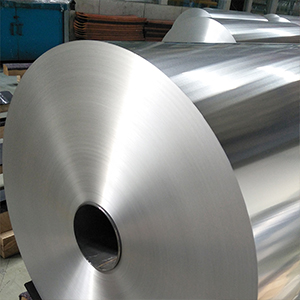
We encounter these packing items on a daily basis. Aluminum foil is a popular option for food packaging because of its special qualities. It may form a tight fit around food, creating a strong seal that keeps the goods fresh. By keeping food away from moisture and air, it helps to maintain its freshness. This is particularly crucial for foods that spoil quickly. Additionally, it keeps aromas and smells from transferring from one dish to another, guaranteeing that every item has its own flavor.
Aluminum foil made of 1235 alloy is now a commonplace item in our daily lives and is an essential component of the flexible packaging sector. HTMM Factory, a producer of raw materials for aluminum foil, has always been one of our best-selling items. One of the world's largest manufacturers and exporters of aluminum foil is China. Thanks to sophisticated aluminum electrolysis technology and a plenty of bauxite resources, Chinese producers of aluminum foil may offer rolls of aluminum foil at reasonable wholesale costs.
With strict quality control system and reliable delivery, we (HTMM) as a Chinese aluminum foil manufacturer has gained wide recognition and become a top supplier for overseas buyers. When we receive the order from customers, we will immediately lock the raw aluminum ingots for customers to purchase. Then we process the raw aluminum ingots to make them into aluminum billets. Then we will carry out the rolling process to roll the aluminum foil with a thickness of 0.23mm to the thickness required by customers.
Then we will use the double-combination machine for processing. Next, we will use the slitting machine to cut the width of the aluminum foil to the width required by customers, and then the aluminum foil will be returned. In order to remove the stains on the surface of the aluminum foil, we will use our annealing furnace for annealing. The alloy state of the composite foil usually used for flexible packaging is O state.
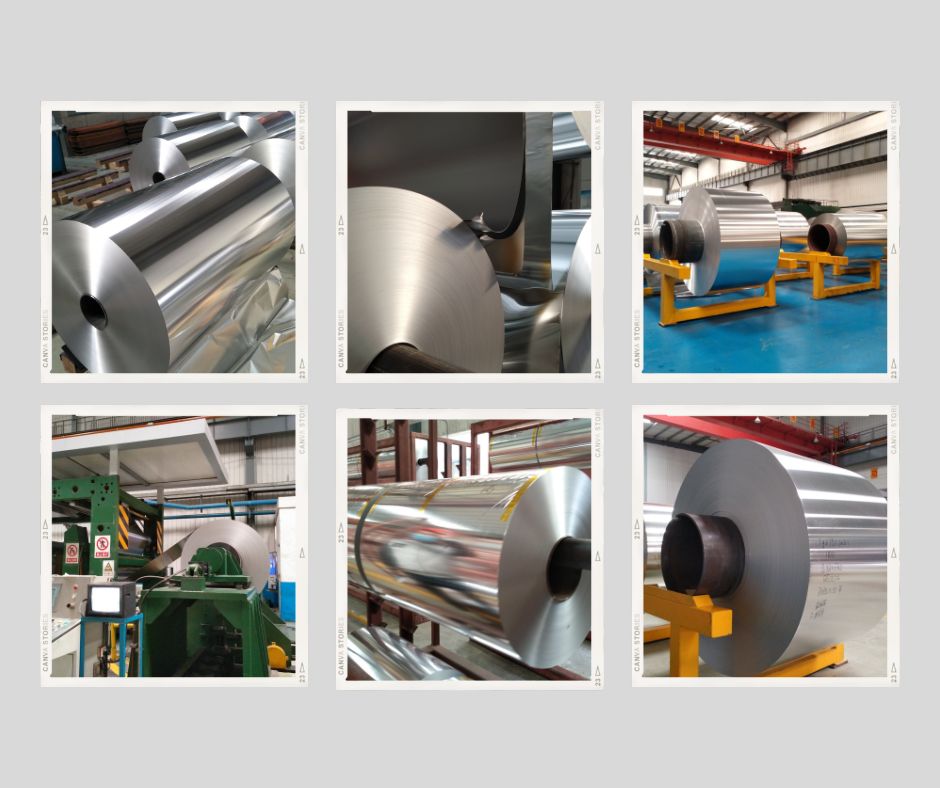
The annealing time is 72~288 hours, depending on the size of the aluminum foil, the alloy state and other factors. Finally, we will cool the aluminum foil and pack it. We use the hanging packaging method to protect the aluminum foil from damage. Then we will use fumigation-free wooden boxes for packaging on the outer layer to protect the aluminum foil from loss during transportation.
Our (HTMM) 1235 alloy products have third-party quality inspection certificates such as Europe, the United States, and SVHC. These certificates can prove that our aluminum foil can be well in contact with food, and our aluminum foil quality fully meets the requirements of good food-grade aluminum foil. It can protect the health of food while ensuring that aluminum foil does not cause harm to your body.
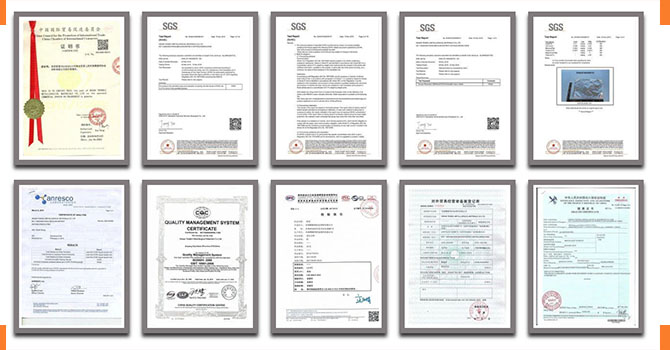
Innovation in aluminum foil packaging is at the forefront of emerging trends in the ever-evolving packaging business. Although producing high-quality aluminum foil is more expensive than producing alternative packaging materials, aluminum foil is nevertheless a necessary component of the food and pharmaceutical sectors. Concerns of aluminum leaking into food, particularly during the cooking or storage of acidic meals, have been brought up by several research. Regulators, however, think that using aluminum foil is safe in most situations.
Because of its exceptional barrier qualities, flexibility, and sustainability, aluminum packaging foil—especially that made of the 1235 alloy—is essential to many different sectors. Its use in flexible and food packaging makes it a vital component for preserving the freshness and quality of products. Aluminum foil stands out as a flexible and eco-friendly choice as the need for sustainable packaging solutions increases. Manufacturers and consumers may make informed decisions and help create a more sustainable future by being aware of the benefits and uses of aluminum foil in packaging.




